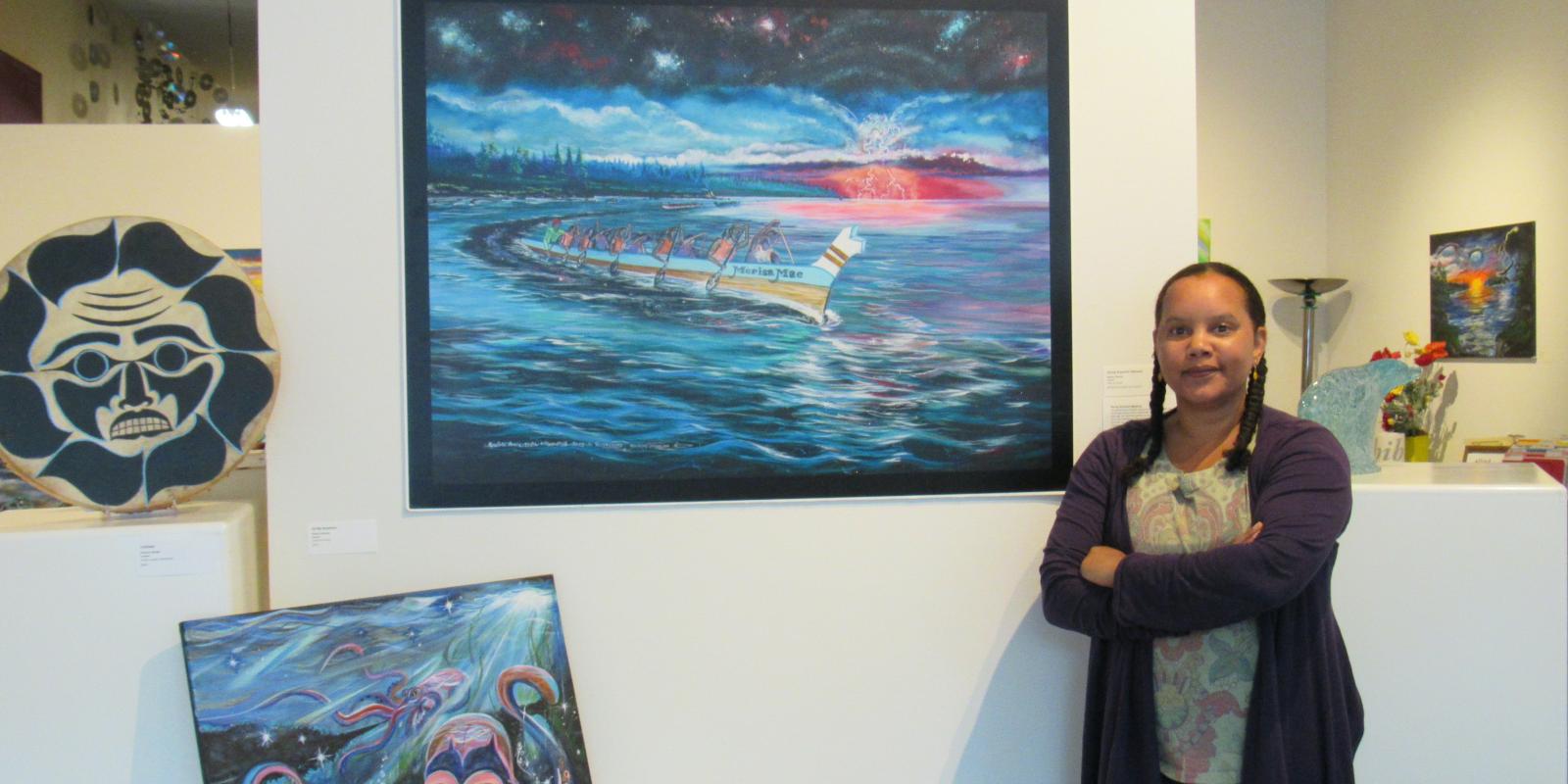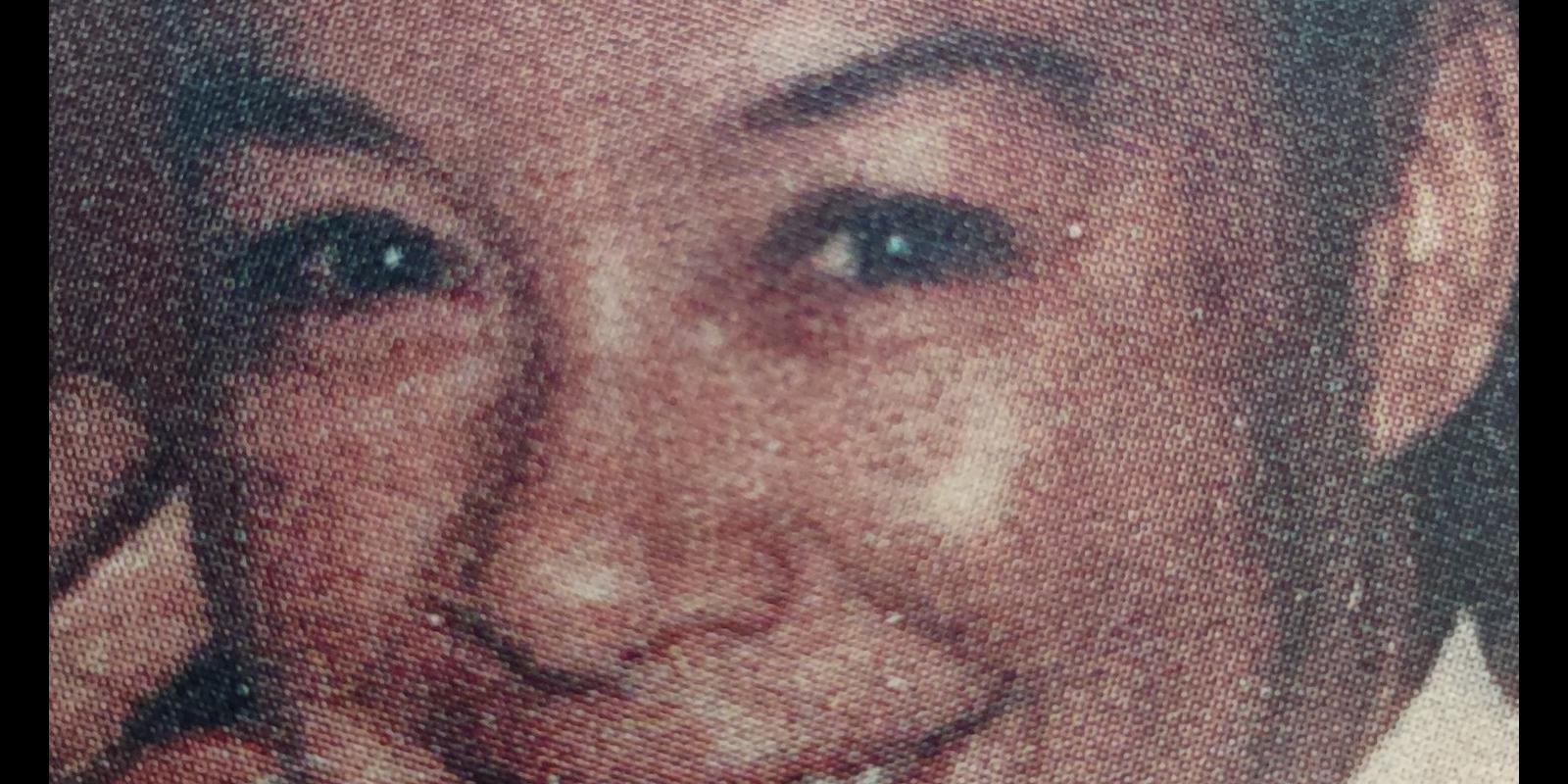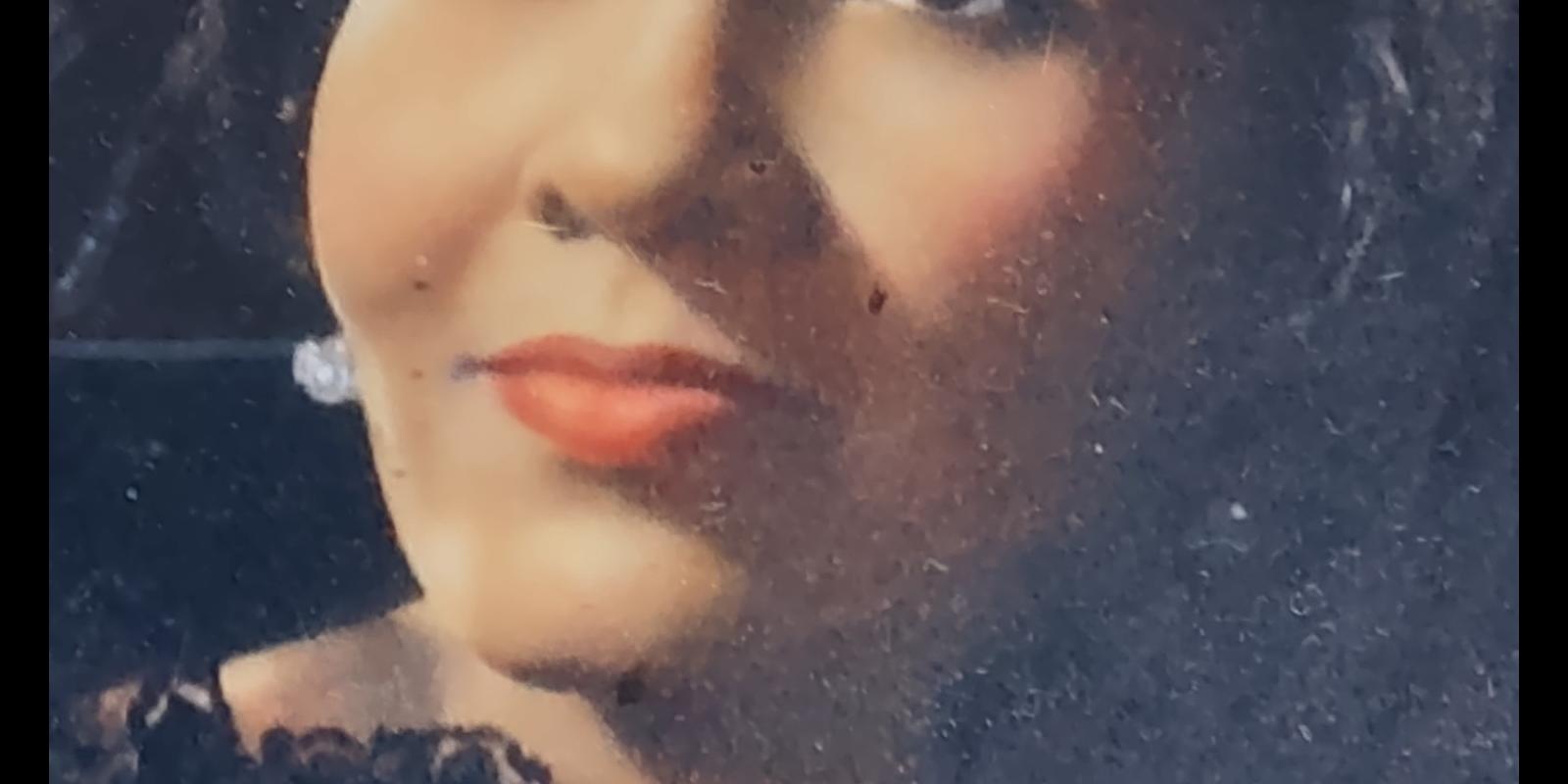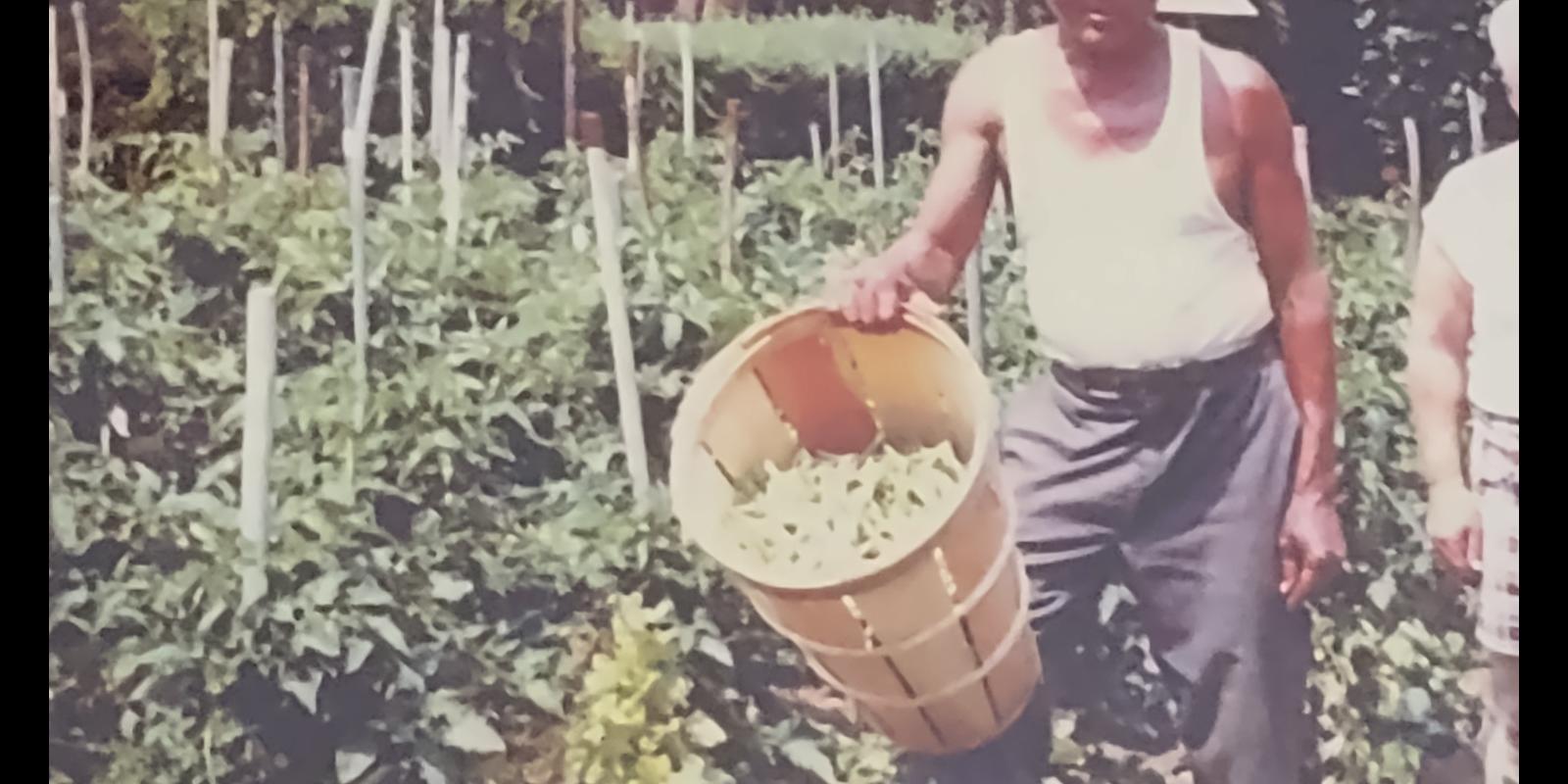View: Deanna Lane CV
I pay homage and utmost respect to my grandparents and ancestors along my journey and in embarking on co-creating this site. To my grandmothers who raised me in the matriarchal and matrilineal tradition where women run the show. To Nana Mattie (Tuscarora, Eastern Band of Cherokee), my maternal grandmother, who left her ancestral lands in North Carolina for opportunities in the New York City area--who taught me the importance of prioritizing family; honoring women; strong intuition; being water people through a diet of smoked fish, spiced crab. Nana Lane, of Lenape/Creek ancestry, always said "don't let the sun set on hate"; "keep on keepin' on" and stood up to anybody who dared to direct injustice her way. To my grandfather Papa Lane (Creek Mvskoke), who ingrained the power of connection to the land--growing food, hunting deer and rabbit the traditional way, and fishing so we always knew where and how our food was sourced.
With a stoic sense of humor and honor Papa Lane would say "always grow some of your own food" then he'd try to bite his grandkids' cheeks after chasing us down! The land was his church. He shared food with anyone who needed and built vast networks of community connections along the Eastern Seaboard in the old ways. He held to tradition in growing (the Three Sisters: beans, corn and squash) preparing and sharing food - bbq the old way. They had lost so much of the culture moving north like so many before, as was intended by colonizers, so these things they shared matter greatly me - in the most monumental way.
I was inspired to co-create the Native Arts 360 site way before I realized this was my intended path. As a youth growing up in the inter-tribal nurturing space of the American Indian Community House in New York City, I volunteered to install exhibits in the gallery of artists coming from all over Turtle Island who had become urban Natives. This population is huge but often blends into the LatinX communities as my family often had. In between AICH exhibits, the powwows, and general gatherings, I listened to the sounds of Ulali and Pura Fe while reading "Indian Country News Today" in the gift shop.
My world was in the arts from the beginning, competing with sisters to see who could draw the best way before the internet was a thing. Ultimately, that trajectory landed me at Pratt Institute, my dream art school. But there was more, I craved depth of research to learn more. I saw the design world culturally appropriating "Native" design for trends and it sickened me, so I changed course. Next my pursuit of cultural anthropology M.A. was to have the agency tell my own ancestors' stories and officially document them. This led me to New Mexico where I met a phenomenal Pueblo weaver, Sue Dailey, who I became friends with. With permission from the Laguna Tribal government, together we'd create an instructional documentary on Laguna Pueblo weaving through her family's experience at Paguate. There I found myself lovingly connected to the inter-tribal communities of the Southwest. The invitation and welcoming was a tremendous honor.
When I returned to New York I experienced another once-in a lifetime honor: to work with the National Museum of the American Indian during their historic building of a new museum in Washington DC. After encouragement to apply from a Dine' mentor and colleague, Kenneth Yazzie, I applied and became part of this museum family. We relocated an 800K collection of art and artifacts over 5 years. It was one of the most humbling experiences of my life: to meet tribal elders from throughout the Americas who instructed us on proper care and ceremony as repatriated parts of the collection. Seeing the most vast inter-tribal powwow on the National Mall when the museum finally opened was something my ancestors imagined in their wildest dreams.
Fast forward to the 1990's when my family's loving connections through Coast Salish communities in the Pacific Northwest, specifically the Lummi Nation, made it possible for me to feel welcome in the 360 area code where we found connections between the Lane families on the East and West coasts. Then beginning in the 2010's I was able to curate art exhibits in the Pacific Northwest featuring some of the most talented and emerging Indigenous artists anywhere, following Native art exhibits I worked on throughout the U.S. Since arriving in Washington, working with organizations such as Sculpture Northwest, Museum of Northwest Art, the Whatcom Museum and Allied Arts have made these exhibits here possible.
Native Arts 360 started as the website Native Arts Collective in 2013 and grew into exhibits, as a literal marriage of my passion for the arts and supporting the artists who rarely get much deserved recognition, and Andrew Shaffer's lifelong passion for the arts and technology expertise. Building spaces, both virtual and actual, where Indigenous artists have as many opportunities to pursue their creative passions and sustain their families to be empowered and uplifted is the ultimate goal. Creating Native Arts 360 for our extended family of Indigenous artists is an honor and responsibility we deeply cherish. The hope is that it will continually grow to reflect the strength and resilience of Indigenous creatives and communities and be a resource for generations to come. Through this movement we will ensure the availability of decolonized spaces, collaborations, and conversations where Indigenous artists feel respectfully seen, heard and represented. Hy'shqe, Mvto and Wado!



